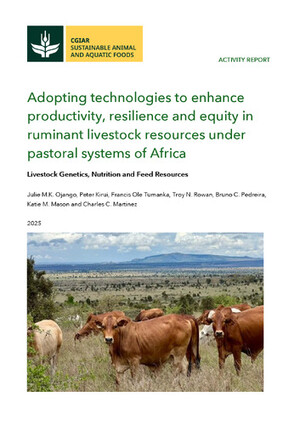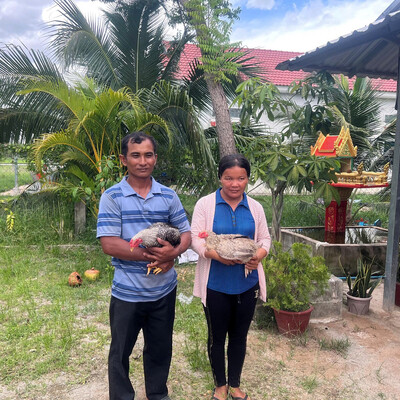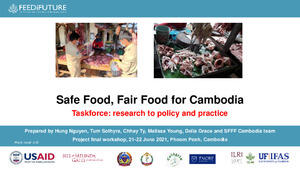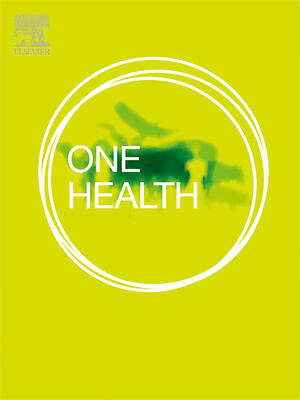
Identification and implementation support of mitigation priorities and opportunities in rice-dominated landscapes
Policymakers need precise information for prioritizing mitigation interventions. While there have been several attempts to estimate GHG emissions from Vietnamese agriculture, this project will use state-of-the-art models in combination with new spatial and temporal information derived from other projects. This will include an analysis of hotspots of emissions, with different emission sources (lowland and upland production systems, livestock systems) and potential sinks (afforestation of degraded land) as well as spatially explicit evaluation of mitigation options. This allows government (e.g. MARD), private sector, NGOs to set priorities and realistic targets for emission reductions from intensifying rice, livestock and aquaculture systems.
Research questions
- What is the net GHG balance for agriculture across Vietnam and where are emissions hotspots?
- What is the potential for mitigation, and where are the mitigation hotspots for rice landscapes? How do mitigation priorities and opportunities differ across farmscapes (e.g. Mekong delta, plains and mountains) under rice, upland cultivation, livestock and aquaculture?
- What are the best ways to spatially and possibly also sequentially organize climate-smart agriculture at farmscape that result in mitigation co-benefits?
Research methods and sites
Baselining of the GHG balance of agricultural food production in Vietnam and CSV using the biogeochemical LandscapeDNDC (improvements as compared to conventional DNDC: state-of-the-art process descriptions for simulating tropical upland/lowland systems, complex uncertainty analyses embedded, improved data handling and inventorying, designed for HPC applications, forest growth models embedded) driven by spatial data on management, climate and soils. Emissions from livestock will be quantified via improved mapping and dynamic simulation modeling using the LIVSIM model. Emissions from aquaculture will be based on carbon losses from landuse change mangrove conversion and nutrient flows and environmental conditions for N2O/CH4 fluxes.
A spatial evaluation of the mitigation potential, priorities and contributing sectors in support of NAMAs and LEDs will then take place. Assessment will be based on best-bet practices, including AWD for rice; integrated soil-crop management (ISSM) for major crops; improved feeding systems for livestock, optimizing efficiencies for aquaculture; and quantification of the C sequestration potential of degraded land or steep terrain by plantations/forests.
Using the example of CSV, and analyzing a set of potential land use patterns across the landscape, various optimal strategies for climate-smart agricultural production will be evaluated. Combining information with planned work by IFPRI allows to evaluate costs of mitigation and scenarios of impact of adoption of mitigation practices at the landscape scale, including optimization techniques to quantify tradeoffs and synergies.

















